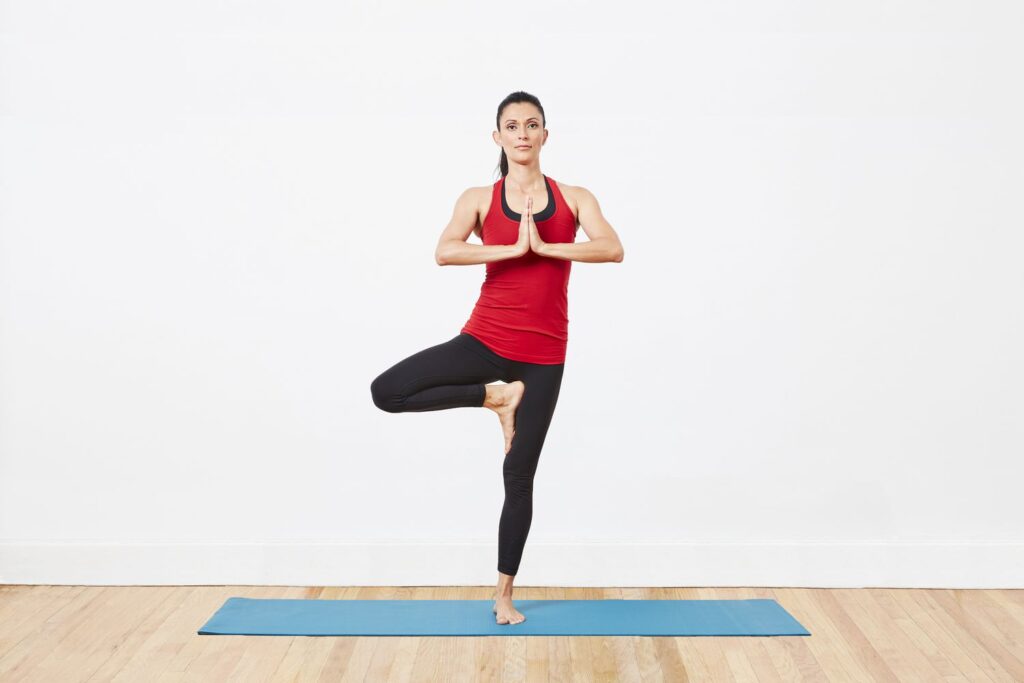Fitness Habits That Destroy Your Back Health After 50 – Exercise is one of the best gifts you can give your body at any age—but after 50, it’s especially important to approach fitness with care and intention. While staying active helps maintain strength, balance, and flexibility, certain habits can do more harm than good—especially when it comes to your back. With a little awareness and some expert guidance, you can avoid these pitfalls and build a workout routine that keeps you strong, injury-free, and feeling fantastic.
We spoke with certified trainers and doctors to uncover the most common exercise mistakes that can damage your back or increase injury risk as you age—and how to fix them.
1. Skipping Warm-Ups


Jumping into intense activity without warming up is like revving a cold engine—it increases wear and tear. “Aging muscles and joints need time to prepare for movement,” explains Dr. Sarah Collins, a sports medicine physician. Without proper blood flow, your back muscles are more prone to strain.
Also Read: 6 Flat-Belly Exercise To Stay Fit & Look Younger in Your 40s
How to Fix It: Spend 5-10 minutes on dynamic stretches or light cardio before diving into your workout. Try arm circles, leg swings, or brisk walking to get your blood flowing and muscles ready.
Actionable Takeaway: Make warm-ups non-negotiable—think of them as your body’s way of saying, “Let’s go safely!”
2. Lifting Too Heavy


Lifting weights is great for maintaining muscle mass, but going too heavy too soon can spell trouble for your spine. “Overloading puts unnecessary stress on your lower back, especially if your core isn’t engaged,” says certified trainer James Bennett.
How to Fix It: Focus on lighter weights with higher reps to prioritize form over ego. If you’re unsure about weight limits, consult a trainer or start with bodyweight exercises.
Actionable Takeaway: Progress gradually—strength builds over time, not overnight.
3. Ignoring Core Engagement


Your core acts as a natural corset, supporting your spine during movement. Neglecting it leaves your back vulnerable. “Many people forget to brace their abs during exercises like squats or deadlifts,” says Bennett.
Also Read: Top Exercises to Boost Leg Strength for Younger Women
How to Fix It: Before every movement, engage your core by imagining someone is about to tickle you. This simple cue activates your deep stabilizing muscles.
Actionable Takeaway: Practice pelvic tilts or planks to strengthen your core outside of workouts.
4. Poor Posture


Slouching during exercises—or even daily activities—can wreak havoc on your back. “Poor posture creates imbalances that lead to chronic pain,” warns Dr. Collins.
How to Fix It: Focus on alignment in everything you do. During workouts, keep your shoulders relaxed, chest open, and spine neutral. Use mirrors or ask a trainer to check your form.
Actionable Takeaway: Set reminders to check your posture throughout the day—it’s practice for better movement patterns.
5. Overtraining Without Rest Days


Pushing yourself too hard without adequate recovery can lead to overuse injuries. “As we age, our bodies take longer to repair themselves,” notes Dr. Collins.
How to Fix It: Alternate between high-intensity days and low-impact activities like swimming or yoga. Schedule at least one full rest day per week.
Also Read: 7 Best Machine Exercises for Broader, Stronger Shoulders
Actionable Takeaway: Listen to your body—if you feel fatigued or sore, scale back instead of pushing through.
6. Doing High-Impact Moves Without Preparation


High-impact exercises like jumping jacks or box jumps can be tough on aging joints and backs. “These movements require stability and conditioning that may not come naturally after 50,” says Bennett.
How to Fix It: Opt for low-impact alternatives like step-ups, elliptical training, or cycling. Gradually incorporate higher-impact moves only if your body feels ready.
Actionable Takeaway: Modify exercises to suit your needs—fitness should adapt to you, not the other way around.
7. Neglecting Flexibility Work


Stiff muscles and tight fascia can pull on your spine, increasing the risk of injury. “Flexibility work is crucial for maintaining mobility and preventing compensatory patterns,” says Dr. Collins.
Also Read: Wake Up Your Body: 4 Must-Do Warm-Ups Before Morning Exercise
How to Fix It: Dedicate 5-10 minutes post-workout to static stretching or foam rolling. Target areas like hamstrings, hip flexors, and shoulders.
Actionable Takeaway: Incorporate yoga or Pilates into your weekly routine—it’s a game-changer for flexibility and balance.
Your Blueprint for Safe, Effective Workouts
Here’s how to put it all together:
- Always start with a proper warm-up.
- Prioritize form and lighter weights over heavy lifting.
- Engage your core in every exercise.
- Check your posture regularly.
- Balance high-effort days with rest and recovery.
- Choose low-impact options unless fully prepared for high-impact moves.
- Stretch and mobilize daily to maintain flexibility.
Remember, fitness isn’t about perfection—it’s about progress. By avoiding these common mistakes and adopting safe habits, you’ll protect your back, reduce injury risk, and enjoy the countless benefits of staying active well into your golden years.
